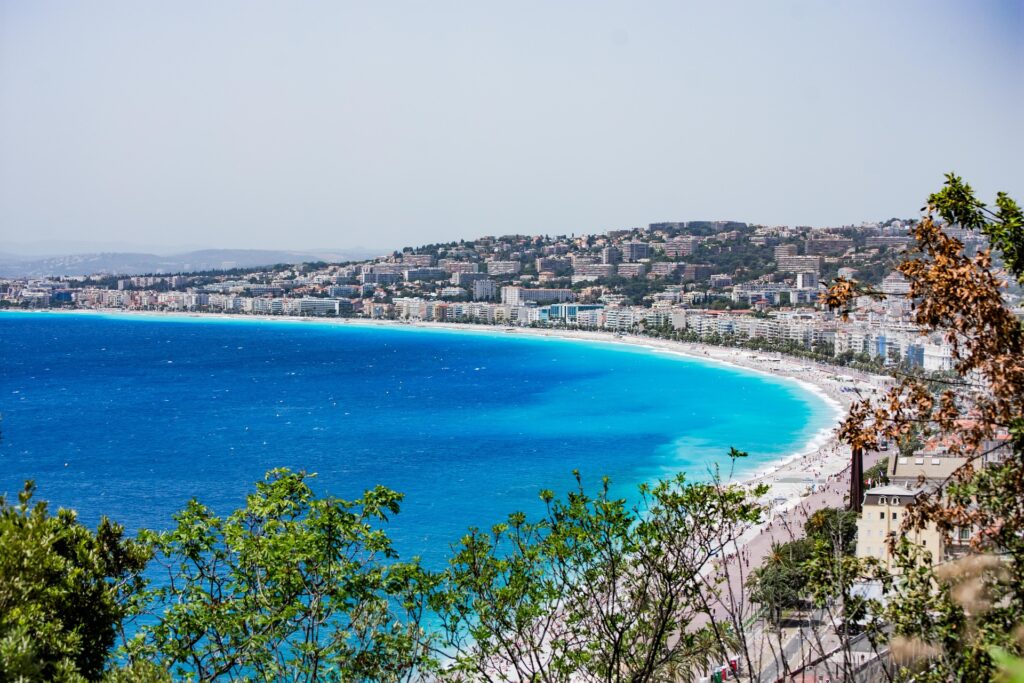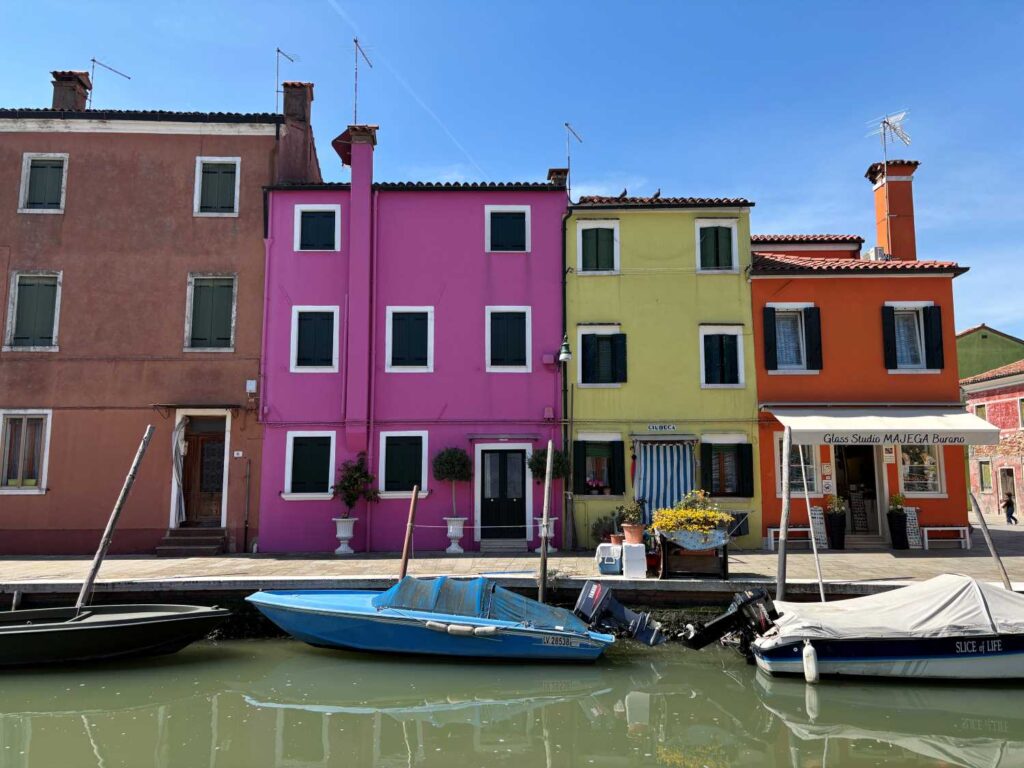Beyond its breathtaking landscapes and sandy beaches, there are countless fascinating fun facts and stories about Saint-Malo just waiting to be discovered. Join me as we delve into Saint-Malo’s rich past, including its surprising connection to the humble potato, the president’s pineapple, the phrase “fake as Canada’s diamonds,” and its reputation as the Corsair City.
1. Jacques Cartier and Saint-Malo’s Connection

One of the most interesting fun facts about Saint-Malo is its connection to the famous explorer Jacques Cartier. As the birthplace of Cartier, Saint-Malo takes great pride in its role in shaping the courageous sailor who would go on to explore and claim Canada for France.
Commissioned by King Francis I of France, Cartier embarked on three major voyages to the New World between 1534 and 1542, with the primary objective of discovering a westward passage to Asia, as well as claiming new territories for France. During his first voyage in 1534, Cartier explored the Gulf of St. Lawrence and claimed the region for France, planting a cross on the Gaspé Peninsula in present-day Quebec. On his second voyage in 1535-1536, Cartier sailed further up the St. Lawrence River and reached the Iroquoian village of Stadacona (now Quebec City) and the island village of Hochelaga (now Montreal).
Visitors to Saint-Malo can pay homage to Cartier’s legacy by visiting The Jacques Cartier Manor House, which now serves as a museum, showcasing Cartier’s adventurous life and his significant contributions to French exploration and colonization.
The phrase “fake as Canada’s diamonds” has its roots in Saint-Malo’s connection to Jacques Cartier. During one of his expeditions, Cartier discovered what he believed to be gold and diamonds; however, upon returning to France, it was revealed that the “precious stones” were merely quartz and iron pyrite. The phrase “fake as Canada’s diamonds” was coined to describe something that appears valuable but is ultimately worthless, much like Cartier’s discovery.
2. Saint-Malo and the Humble Potato

Did you know that Saint-Malo has a unique connection to the beloved potato? It all started with Antoine-Augustin Parmentier (1737-1813), a French pharmacist, agronomist and nutritionist.
During his imprisonment in Germany, Parmentier discovered the nutritional value of potatoes and became determined to popularize them in France. In 1771, he organized a grand potato feast in Saint-Malo, inviting the town’s elite to indulge in various potato dishes. The event was a success, and helped to slowly change the perception of potatoes among the French upper class.
Another notable event orchestrated by Parmentier was a dinner held in honor of the American statesman Benjamin Franklin, who was in France to secure support for the American Revolutionary War. Parmentier hosted a lavish banquet in 1778, where every dish contained potatoes in some form, demonstrating the culinary potential of the ingredient. The presence of such a distinguished guest like Franklin further elevated the status of the potato and helped to increase its acceptance among the French.
Parmentier’s tireless efforts to promote the potato eventually paid off. In 1772, the Paris Faculty of Medicine declared the potato to be safe for human consumption, and by the late 18th century, potatoes had become a staple food in France. Today, the potato is an integral part of French cuisine, and the country is one of the largest potato producers in Europe.
3. The Saint-Malo Pineapple and the President’s Table

Saint-Malo has an unexpected connection to the pineapple, a fruit that would later become a symbol of hospitality and luxury on the French President’s table.
During the 18th century, Saint-Malo was a prominent trading hub, with its ships traveling to and from far-flung corners of the globe. Among the many exotic goods brought back by these ships, the pineapple stood out as a rare and intriguing novelty. Native to South America, the pineapple was a symbol of the New World’s exoticism and quickly caught the attention of the French elite.
In the 1760s, King Louis XVI of France visited Saint-Malo and was treated to an official banquet that featured a pineapple as the centerpiece. The king was so impressed by the fruit’s unique appearance and delicious taste that he declared it the “royal fruit.” The pineapple’s association with royalty and its exotic origins elevated its status as a luxury item and a symbol of hospitality in France.
4. The Corsair City: Saint-Malo’s bold maritime past

Saint-Malo’s nickname, “The Corsair City,” pays homage to its daring maritime history. During the 17th and 18th centuries, the town was home to numerous privateers, known as “corsairs,” who were authorized by the king to attack enemy ships and seize their valuable cargo.
These skilled sailors brought immense wealth and prestige to Saint-Malo, with many becoming local heroes. They were different from pirates, who operated without any legal authority.
Corsairs shared a portion of their spoils with the French Crown, and in return, they were protected by the king’s laws.
The legacy of Saint-Malo’s corsairs can still be seen throughout the town today. The grand mansions built by wealthy corsairs, the maritime museums showcasing their exploits, and the statue of Robert Surcouf standing proudly in the heart of the city are all testaments to the town’s corsair heritage. The annual “Festival of the Corsairs” (Fête des Remparts) is a popular event that celebrates Saint-Malo’s maritime history with a colorful parade, historical reenactments, and various festivities.
Saint-Malo’s fascinating fun facts and stories make it a destination that’s much more than just a picturesque coastal town. From its unexpected connections to the potato and the president’s pineapple to its daring corsair history and Cartier’s adventures, Saint-Malo is a treasure trove of tales that will undoubtedly captivate your imagination. So, embark on a journey to this enchanting Corsair City and discover the secrets that lie within its ancient walls.
Read Top 10 things to do with kids in Saint-Malo, Brittany for the top 10 things to do with kids if you are visiting Saint-Malo.



